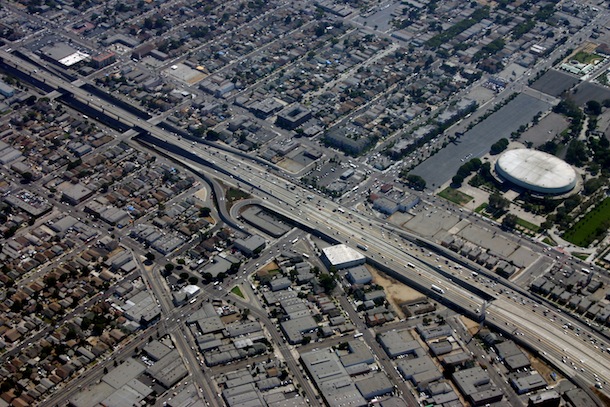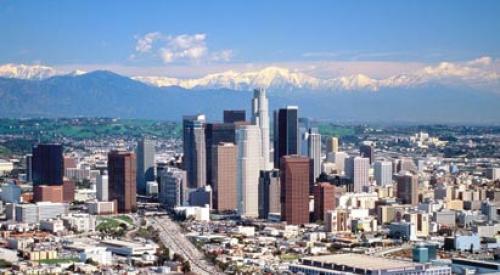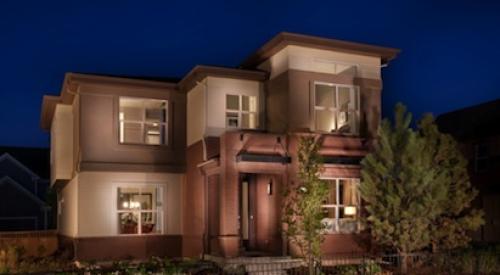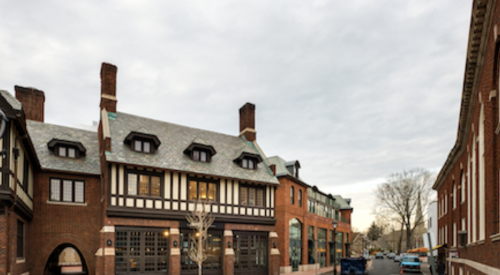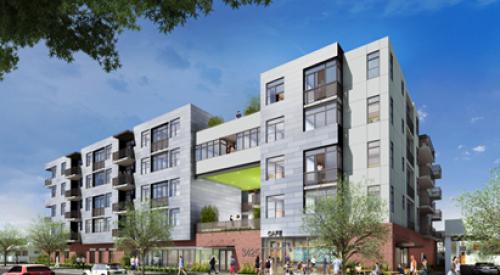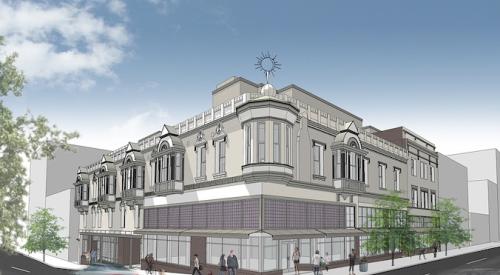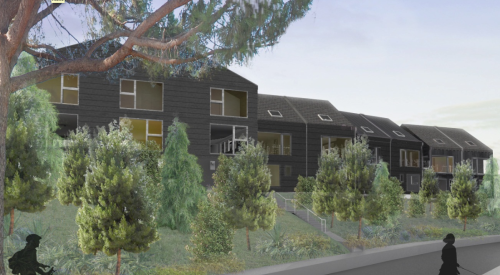Think Chicago or New York City is the densest city in America? Not so. If you define density as population per square mile, metropolitan Los Angeles heads the list, said architect Wade Killefer at a recent symposium.
Los Angeles has about 7,000 residents per square mile, compared to San Francisco/Oakland with 6,266 and New York City with 5,319.
“The key to L.A.’s leadership is that it has denser suburbs than any other city — not because [the] downtown [area] has more people,” said Killefer, principal of Killefer Flammang Architects, Santa Monica, Calif. “The fact is, even greater density is needed and that can only happen by revising the building code to enable greater floor-to-area ratios (FAR), which now stand at 6-1 but should be doubled.”
Other panelists at the symposium echoed Killefer’s sentiments. Simon Pastucha, head of he Urban Design Studio of the Los Angeles Department of City Planning, said the city has already planned for increased population by focusing density of varying scales at centers based on the adopted General Plan Framework and Housing Elements.
“We also plan on shaping new development with urban design activating under-utilized buildings, addressing the need for more hotels and expanding the convention center,” said Pastucha. “Increased density certainly will be reflected in the new projects.”
Developer Wayne Ratkovitch commented, “While we support high density, it should be confined to where density is desired and where it works. Quality of life is the major goal.” The Ratkovitch Co. is currently developing a mixed-use project, “The Bloc,” on the former Macy’s site downtown.
Bill Roschen of Roschen Van Cleve Architects, past president of the Los Angeles Planning Commission, stressed the importance of public transportation and linkages between development and train stations. “Density is about living where you work,” Roschen said.
As for the Miracle Mile, it has already moved in the direction of greater density, said Carolyn Ramsay, chief of staff for Councilman Tom La Bonge. “There is no height limit on Wilshire, so we have seen a considerable amount of high-rise multifamily development in the past five to 10 years,” Ramsay noted.
Killefer said the current flurry of mid-rise residential construction is a result of the recession, which pushed down the amount renters would pay. Since developers respond to market and financing factors, and construction costs for high-rise buildings are 25-35 percent greater than for mid-rise structures, smaller buildings are currently in vogue, he says. “However, as land prices increase, the desire for higher FARs will increase and so will high-rise construction.”
Killefer Flammang has designed approximately 20 percent of the units in downtown Los Angeles, including transit-oriented developments (TODs).
